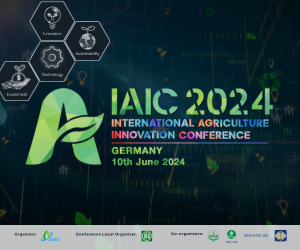World’s wetlands play key role as carbon sinks
By: Climate News Network
Jaclyn Hatala Matthes, a geographer at Dartmouth College in New Hampshire, US, reports in the journal Global Change Biology that she and colleagues measured carbon dioxide and methane from a pasture, a cornfield and a flooded rice paddy, all in the Sacramento-San Joaquin delta in California, which was drained more than a century ago and was settled for agriculture and human habitation.
The researchers found that the drained areas of land were carbon sources − that is, they released carbon dioxide into the atmosphere and added to the greenhouse effect. The flooded region, conversely, turned out to be a carbon sink that took more carbon from the atmosphere than it released.
The picture wasn’t quite perfect: the soggy soils also released methane, which is a greenhouse gas. It occurs in much lower concentrations, and is short-lived, staying in the atmosphere for years rather than tens of years. But it does add to global warming.
The case for wetland restoration is a strong one, even on climate grounds. It soaks up carbon dioxide, and skillful plant management might, according to Dr Matthes, reduce the methane problem.



 Jay Ang/unsplash.com
Jay Ang/unsplash.com Michael Niessl
Michael Niessl